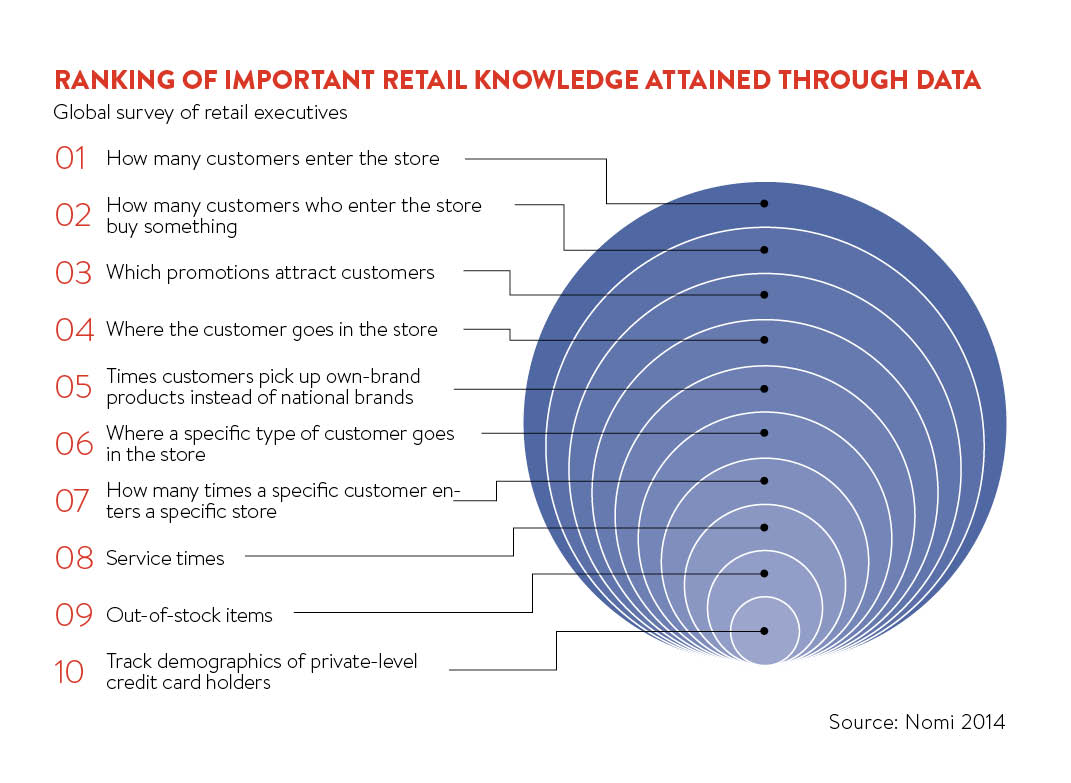Britain’s trade deficit is pretty shocking. The country imported £125 billion more in physical goods than it exported in 2015, arguably the worst performance since 1870. The director general of the British Chambers of Commerce called this “an economic time bomb waiting to go off”.
It’s clear we need to export more. For companies willing to take up the challenge, though, it’s never been easier to find new buyers overseas – the key is to research customers. And there is a plethora of productive methods to do this.
Analysing the market
Neil Westwood is managing director of Magic Whiteboard, a simple roll-up whiteboard product which he sells to multiple export markets. He advises upgrading from Google Analytics to do this. “We also use A1WebStats. It is a bit like Google Analytics, except it gives you the name of the company looking at your webpage.”
This is supplemented with social media research. Mr Westwood reveals: “We do our own research using LinkedIn to find names of overseas buyers, we can then guess the e-mail address. We e-mail them in local language. It makes them aware of us.”
Other metrics complement this initial analysis. When beauty brand Charlotte Tilbury wanted to boost exports it worked with data analytics company Ometria to identify fertile destinations. James Dunford Wood of Ometria recalls: “In addition to geographic location, data can also tell you which sources are attracting visitors.
For companies willing to take up the challenge, it’s never been easier to find new buyers overseas – the key is to research customers
“How are these overseas visitors hearing about you? Perhaps it’s a powerful referral source, such a fashion blogger with a big international reach, or maybe you discover a lot of people in Japan are searching for ‘English pyjamas’ and your product pages are attracting organic search traffic. This shows you who to reach out to for more publicity, as well as how to further optimise your SEO [search engine optimisation] to gain maximum leverage in particular markets.”
Simple data gathering exercises can yield big rewards. Luxury fashion brand Barbour works with marketing company Dotmailer to gather customer intelligence. Skip Fidura, Dotmailer’s client services director and a member of the Direct Marketing Association council, says: “One tactic that worked particularly well for Barbour is a website pop-over. The British heritage clothing label acquired 20,000 new sign-ups in just three months.”
Welcoming global customers
When doing market research it is vital to ensure there are no “warping” factors. For example, many companies don’t offer a localised website, meaning potential customers will be put off. Japanese customers are unlikely to respond well to a website designed only for UK companies. Yet many firms don’t localise their content.
Research by Amplience, which provides localisation services, shows only 17 per cent of retailers localise editorial content. Just 7 per cent of reviews are localised and only 39 per cent provided localised homepages. This potentially damages the integrity of research. Consumers won’t be abandoning the retail process because they don’t like the product; they may well simply not feel at home on your website.

Assuming a company has created a welcoming website and tailored marketing materials locally, it can speed up the research process by partnering with a data-rich third party.
For example, in the travel sector Hertz car rentals relies on a data-rich partner called Sojern for market insights. Sojern provides a data-driven marketing platform for 800 travel brands, including British Airways, Emirates and Disney, giving it a powerful overview of the sector. In 2013 Hertz wanted to increase bookings in the Middle East and Asia-Pacific. Sojern was able to see which travellers had already booked a flight or hotel and target them with tailored advertising, and the time when they were statistically most likely to purchase car rental.
A parallel area is in online checkout. There is a wealth of data available on consumer preferences. Payment providers are the premium source here. Terry Hunter of Astound Commerce explains: “In Belgium, for example, 27 per cent of transactions are processed through Bancontact/Mister Cash. In the Netherlands, the vast majority of buyers use iDEAL. And in Germany, payment methods such as giropay and SOFORT have gained in popularity. By offering more local payment methods, merchants will increase their conversion.”
Making the most of digital
The rise of social media means much of the research work can be done through basic channels. App designer Serif sells its Affinity photo-editing software to numerous markets worldwide through Apple iTunes.
Serif managing director Ash Hewson says: “We put enormous emphasis on social media – our forums, Facebook and Twitter pages. If you’re an online retailer, you already know that your customers are likely to be web savvy. And developers are coming up with new and better tools to target ads at social media users, based on factors such as geographical location or conversation content in real time.”
The digital revolution means even the smallest of businesses can do comprehensive market research on export markets. The obstacles are minimal. Even data privacy regulations, which dissuade many companies from gathering information on new markets, are mostly irrelevant.
Elle Todd, partner at law firm Olswang, says: “The good news is that employing the same principles for overseas customers will in the majority of instances still be compliant. This is because Europe already has higher compliance obligations than most places and, unlike consumer laws – where the country the customer is in applies – data protection laws generally centre on where the company is located.”
The nation needs our brightest and best companies to export more. Our future depends on it. With so many easy ways to research consumers overseas, there’s no excuse not to.
CASE STUDY: LARSSON & JENNINGS

London watch brand Larsson & Jennings opened its first overseas store in New York and is now exporting to retailers abroad. The business has grown phenomenally over the last four years and is currently selling watches at the rate of one every four minutes.
Larsson & Jennings chief executive Andrew Jennings shares his method for cracking a new market: “Before we launched our first overseas retail store in New York, not only did we watch our e-commerce traffic patterns closely, we also created a number of concept spaces, or pop-ups, to test actual consumer demand in specific locations. Armed with that knowledge, we felt reasonably confident about putting investment into a longer-term lease.
“Advice from influential people who have already ‘been there and done that’ helps to cement these kind of decisions. I’ve been privileged to forge links with some key industry peers who have been very generous in sharing their lessons learnt. Wen Zhou, chief executive at fashion brand 3.1 Phillip Lim, in particular has provided some valuable insight to inform our growth plans.
“My tip? Never underestimate the time-investment needed to get overseas projects off the ground, but Larsson & Jennings is now reaping the rewards of that hard work with strong sales figures.”
Analysing the market
Welcoming global customers

